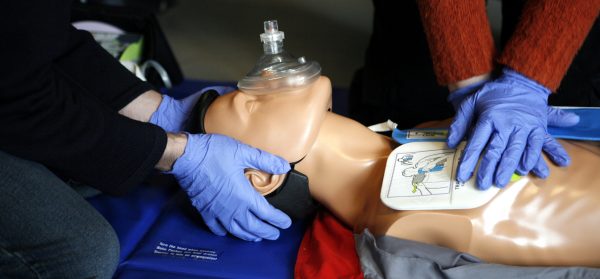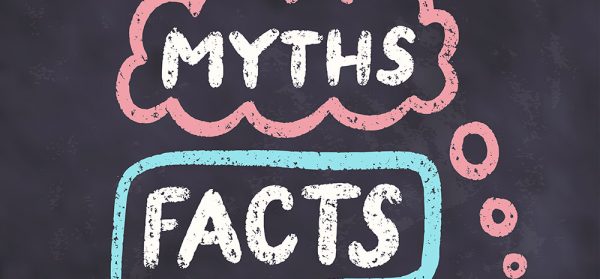
CPRNM® is a comprehensive directory designed to connect individuals and employers with top-tier training
providers including the AHA®, Red Cross®, and other training providers.*
Your health is mainly a personal thing. But what if you fall ill out in a public place, at the gym, at school, on the basketball court, at an event, or on the field? It falls out of your control and it’s no longer a private thing. There’s no guarantee that a trained medical professional will get to you in time. An ambulance could take too long, CPR may not be effective, then what happens? In a matter of minutes you could die, or with the automated external defibrillator, you could live.
What is an Automated External Defibrillator?
An automated external defibrillator is a little machine that can save lives. This portable device checks the heart rhythm and then sends an electric shock to restore normal rhythm. When a person has a heart attack or goes into sudden cardiac arrest, an AED resumes a regular heartbeat, preventing death. Using electrodes the AED calculates the need for defibrillation. Once the computer determines the shock needed it prompts the user to administer a shock that stuns the heart. Allowing it to “reset” and resume its regular rhythm.
The Importance of an Automated External Defibrillator
The automated defibrillator is important because it’s a key element to the chain of survival. The actions required to treat life-threatening emergencies are defined as the chain of survival. These medical emergencies include heart attack, cardiac arrest, stroke, and foreign body airway obstruction. There are four critical links within the chain of survival:
- Early access to the emergency response system
- Early CPR to support circulation to the heart and brain until normal heart activity is restored
- Early defibrillation to treat cardiac arrest caused by Ventricular Fibrillation
- Early advanced care by EMS and hospital personnel
Non-medical personnel, as well as any person in the general public trained in CPR, can administer the AED shock. Every minute a person goes without being defibrillated once they go into cardiac arrest has a 105% less chance of survival. When the machine is readily available the chance of survival automatically increases.
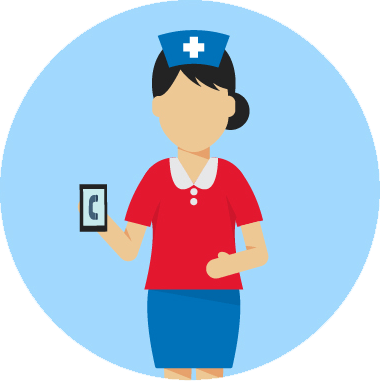
Early access to
the emergency
response system.
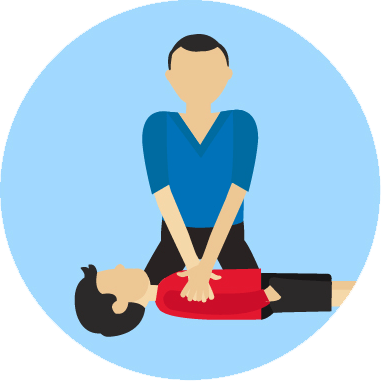
Early CPR to support
circulation to the heart
and brain until normal
heart activity is restored.
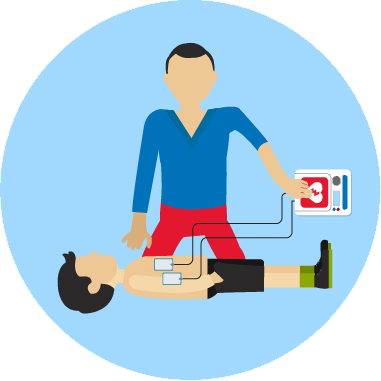
Early defibrillation
to treat cardiac arrest
caused by Ventricular
Fibrillation.
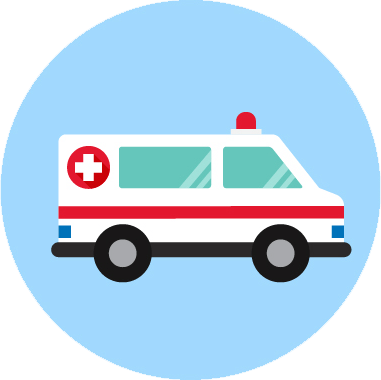
Early advanced
care by EMS and
hospital personnel.
Changing State Laws
The medical community within certain states is demanding a call for action by lawmakers. In response, some states now require AEDs to be in-house at facilities such as health clubs, gyms, schools, school events, school athletic events, and public events where there will be a physical activity. Including marathons, concerts, and rallies. The idea is that these locations host activities that consist of things that may cause people to have heart attacks, like sports. These athletes are higher candidates for the need of the automated external defibrillator. Same thing with the gym. Members are putting a physical strain on the body, sometimes pushing it to the limit, and just in case a member overdoes it, it’s better to be prepared than lose a life.
Lawmakers want people to get the training necessary to effectively use the AED to help lower those unnecessary death rates and have the ability to identify the signs and symptoms of a heart attack. Although the machine itself uses voice prompts that tells the user exactly what to do, every minute wasted being unsure, the patient is closer to death. There’s no need to risk it. Each location would have to register their device/devices, notify emergency responders if there’s an incident and that they are administering the AED while they’re on the way, and include a maintenance requirement for all machines to keep them up to manufacturer and safety standards. All of the above will be determined on a state to state basis.
The consensus is that AED machines should be required to provide a safer environment for students, members, concert goers, employees, etc. Some states have opted to provide the funding and mandated the training so that all establishments will be at the same level. Every state has what’s called good samaritan laws that are set into place so those that use AED’s in a medical emergency carry no liability. According to record no entities has ever filed a lawsuit due to the use of a defibrillator. There have been some lawsuits however because a company did not have an AED on site. Although no definite guidelines are in place to secure lower insurance premiums, companies cannot raise your premiums because there’s an AED on site, but the presence of an AED will sometimes be considered while bargaining for lower rates.

Schools
California, Colorado, Florida, Georgia, Illinois,
Iowa, Maryland, Michigan, Nevada, New Jersey,
New York, Ohio, Pennsylvania, South Carolina,
Virginia, Wisconsin, Tennessee

Gyms
California, Illinois, Indiana, Massachusetts,
Michigan, New Jersey, New York, Pennsylvania,
Rhode Island District of Columbia, Arkansas, Iowa,
Louisiana, Maryland, Mississippi, Oregon
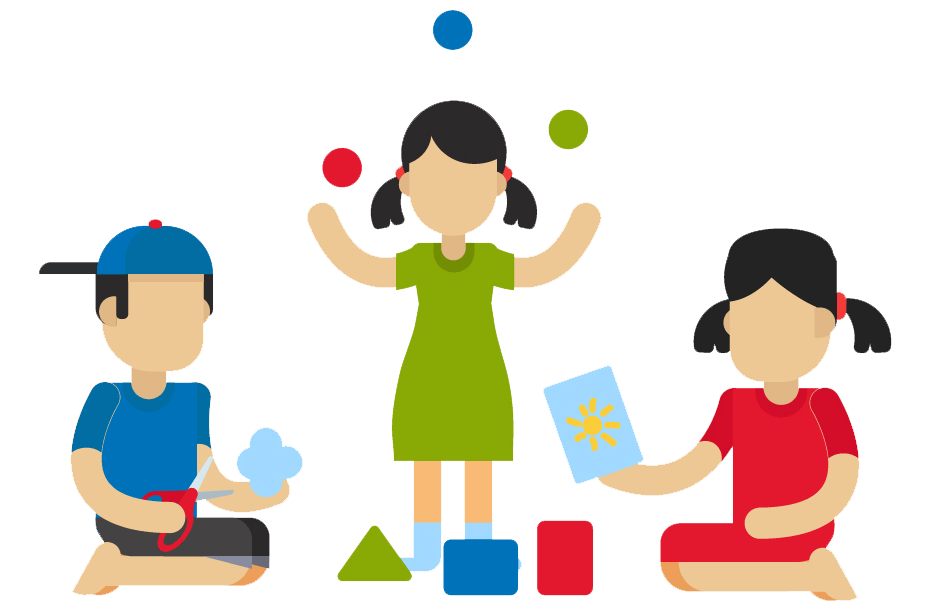
Day Care Centers
Wisconsin

Dental Offices
Illinois, Wisconsin
What is a heart attack?
Sometimes people tend to use the terms heart attack and sudden cardiac arrest as if they’re interchangeable. However, they are two different things. A heart attack is when a blockage within an artery causes the heart not to pump blood to the heart and tissue loses oxygen. This is called coronary thrombosis. It can cause part of your heart muscle to die. Heart attack symptoms can sometimes begin days or even weeks before the actual event.
616, 000 people
died of heart disease in 2008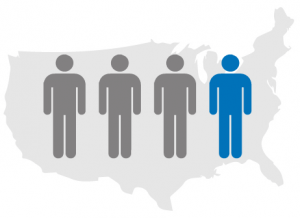
Heart disease caused almost
25% of deaths-almost
one in every four-in the
United States in 2008.
Heart disease is leading
cause of death for both
men and women
Coronary heart disease
is the most common type of
heart disease.

405, 309
people died from coronary
heart disease in 2008
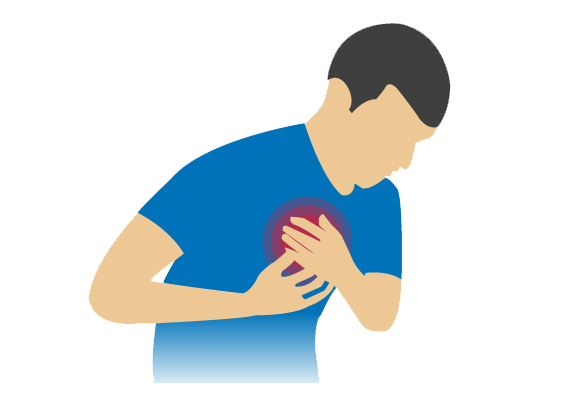
Annually
785, 000
Americans have a
first coronary attack

In 2010, coronary heart disease
cost the United States
$108.9 billion
What is SCA?
Sudden cardiac arrest, on the other hand, is when the heart just stops beating altogether. Oxygen-rich blood can’t get to the brain and vital organs, and death occurs within minutes. Those between the ages of 41 and 60 are at a higher risk. Arrhythmia and SCA are linked because a heart attack can possibly lead to SCA. A shock from the automated external defibrillator can keep you alive through both ordeals when administered in a timely manner.
Causes
Heart Attack
- Congenital heart defects – heart defects a person is born with that affect the structure of the heart
- Holes in the Heart (septal defects)
- Atrial septal defect (ASD)
- Ventricular septal defect (VSD)
- Patent Ductus Arteriosus
- Narrowed valves
- Coronary artery disease
- High blood pressure
- Diabetes – monitor accordingly
- Smoking – don’t start, and stop if you have a habit
- Alcohol or caffeine – alcohol and caffeine should be enjoyed in moderation, too much can cause adverse effects
- Recreational Drugs – cocaine, heroin, methamphetamines
- Stress
Sudden Cardiac Arrest
- Scarring from a prior heart attack. An enlarged or scarred heart may develop life-threatening diseases such as ventricular arrhythmias. After a heart attack, especially those first six months are a high-risk period for sudden cardiac arrest.
- High blood pressure or valvular heart disease may cause a thickened heart muscle. Heart failure can make you more susceptible to sudden cardiac arrest.
- Some heart medications can cause sudden cardiac arrest. The very thing you use to treat your heart conditions can cause heart attacks even when taken as prescribed. Also, potassium and magnesium changes in the blood levels can cause heart attacks and sudden cardiac arrest.
- Electrical abnormalities caused by rare diseases such as Wolff-Parkinson-White syndrome and Long QT syndrome affect young people.
- Young victims of sudden death have blood vessel abnormalities. They may present in the aorta and coronary arteries. When these abnormalities are present, athletic activity and physical exertion can trigger cardiac arrest when adrenaline is released.
- Drug use is a cause of sudden cardiac arrest. Drugs like cocaine, methamphetamines, and heroin are uppers that cause the heartbeat to abnormally speed up. Drug users are at a higher risk of developing heart disease, as overdoses can cause heart attacks, in turn resulting in sudden cardiac arrest.
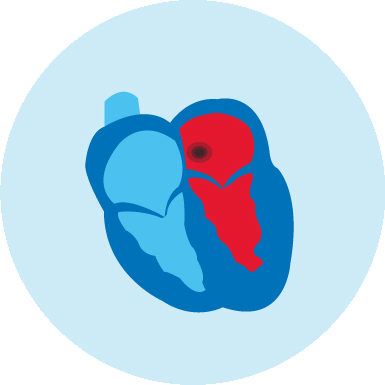
Holes in the heart
(septal defects)
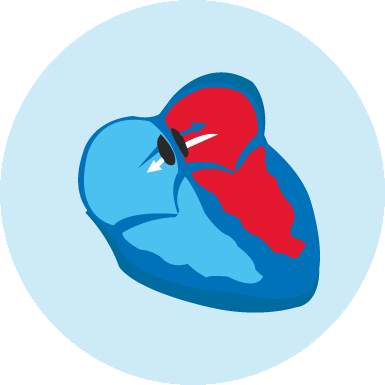
Atrial septal
defect (ASD)
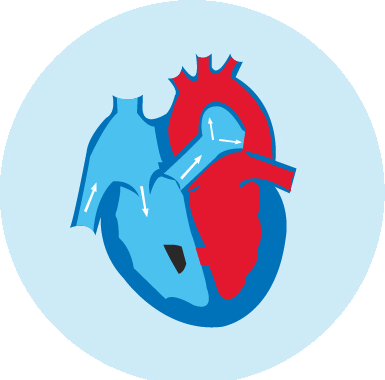
Ventricular septal
defect (VSD)
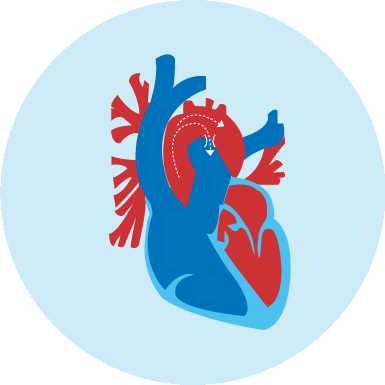
Patent Ductus
Arteriosus
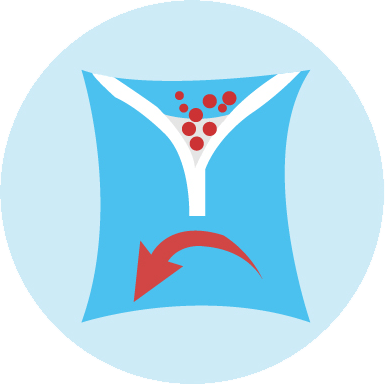
Narrowed
valves
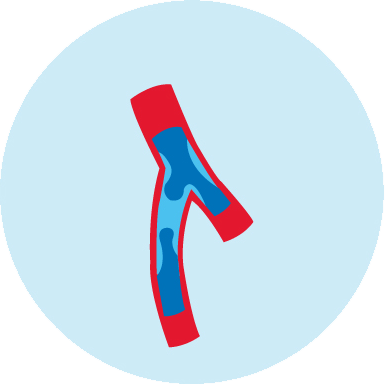
Coronary artery
disease
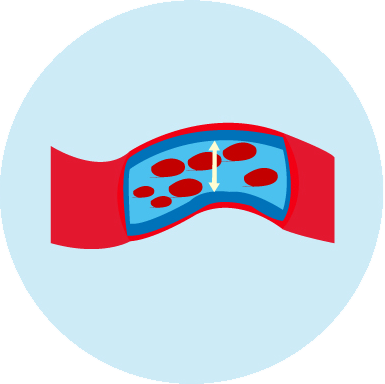
High blood
pressure
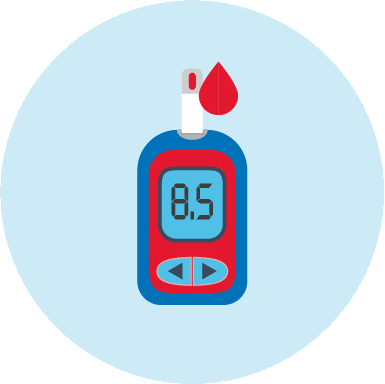
Diabetes-monitor
accordingly
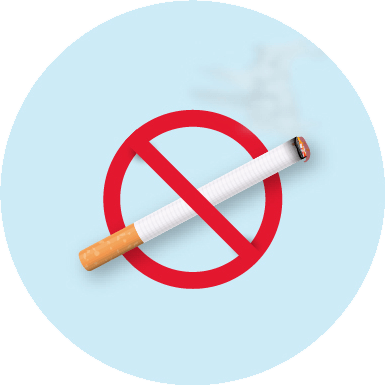
Smoking – don’t start,
and stop if you have
a habit
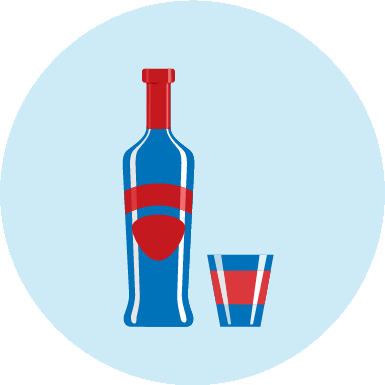
Alcohol or caffeine –
alcohol and caffeine
should be enjoyed in
moderation, too much
can cause adverse effects

Recreational Drugs –
cocaine, heroine,
methamphetamines

Stress
Symptoms
One of the first signs of sudden cardiac arrest is a loss of consciousness. No pulse or heartbeat is detected.
The signs of a heart attack vary from person to person. Some people report it feels like their heart is racing so fast it’s about to jump out of their chest, followed by lightheadedness and finally fainting. Others report a shooting pain up the arm, numbness, shortness of breath, vomiting or feeling sick. A number of the symptoms may start days or weeks before the heart attack, prompting a visit to the doctor.
They both can come on suddenly. A heart attack may have symptoms so mild that the average person may attribute them to other ailments. Every instance won’t have a big lead time of warnings before it hits. A person may just be under so much stress at work, be drinking too much coffee for too long and just fall out. That’s when that workplace training comes in handy. SCA can hit suddenly, immediately after arrhythmia. In the worse case scenario, a person may have no symptoms before the heart stops beating. The AED machine fits every scenario.
Prevention
Lifestyle changes are the most effective action you can take to prevent sudden cardiac arrest. Implement an exercise plan into your daily routine, switch to a heart-healthy diet, stay away from smoking, and watch your weight. Get check-ups regularly to monitor any health issues, and get tested to determine if you’re at high risk for heart disease, diabetes, high blood pressure, or high cholesterol. If your doctor determines you have heart issues, that may trigger a heart attack or sudden cardiac arrest, make sure to take the medication described to you. If you have a family medical history of heart failure or heart disease tell your doctor so there’s a record that you’re high risk. The cost of the automated external defibrillator is now affordable to possibly have on hand and may be partially covered by some insurance. If it’s determined you may be high risk, consider keeping one close at hand because your life may depend on it.
The automated external defibrillator isn’t a luxury, it’s a necessity. This is one of the best medical tools that the everyday person has, besides good health to fight the crisis known as heart disease. A heart attack or sudden cardiac arrest may be the furthest thing from anybody’s mind in the moment, but it would ease anybody’s mind to know that in the event of a medical emergency like SCA, you can live to tell about it with an AED.
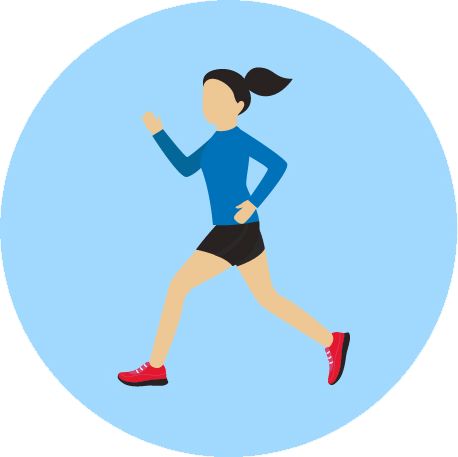
Exercise daily

Switch to a heart-
healthy diet
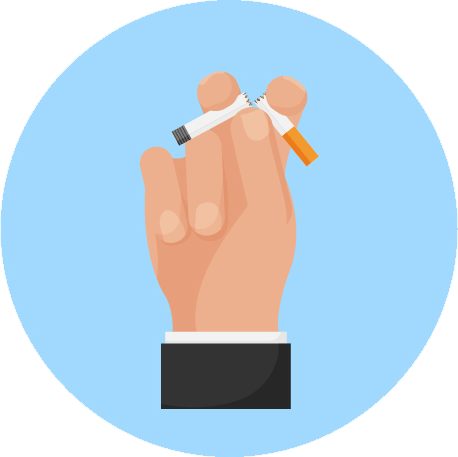
Stay away
from smoking
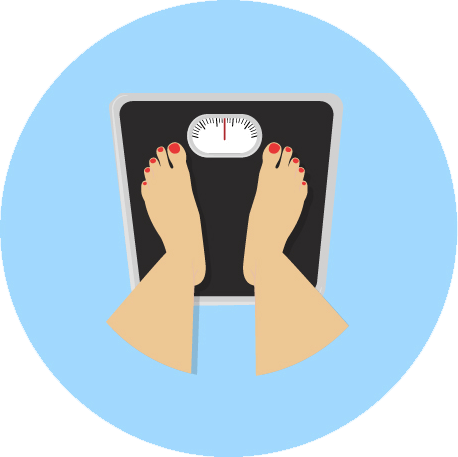
Watch your weight
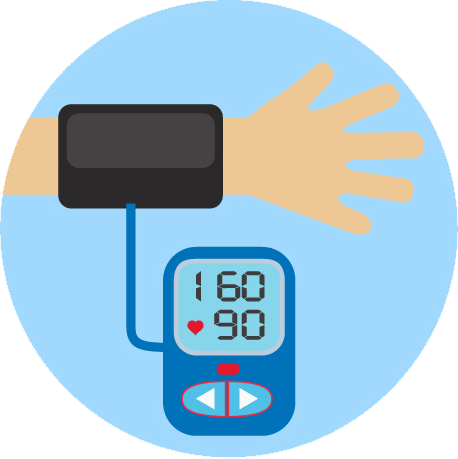
Get check-ups regularly
 May 21, 2017
May 21, 2017 
